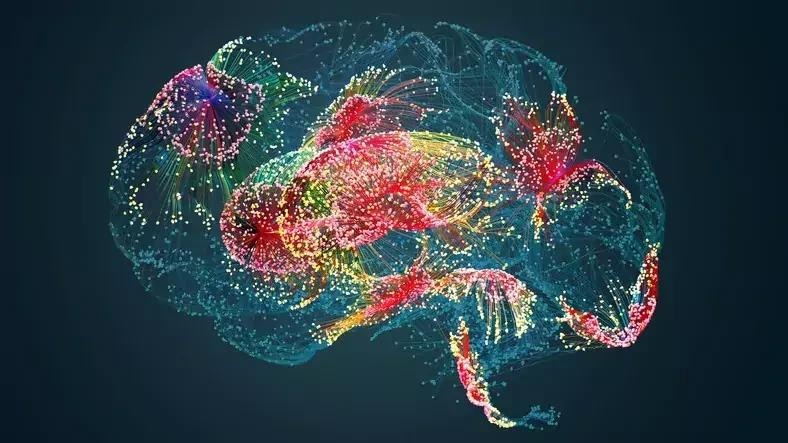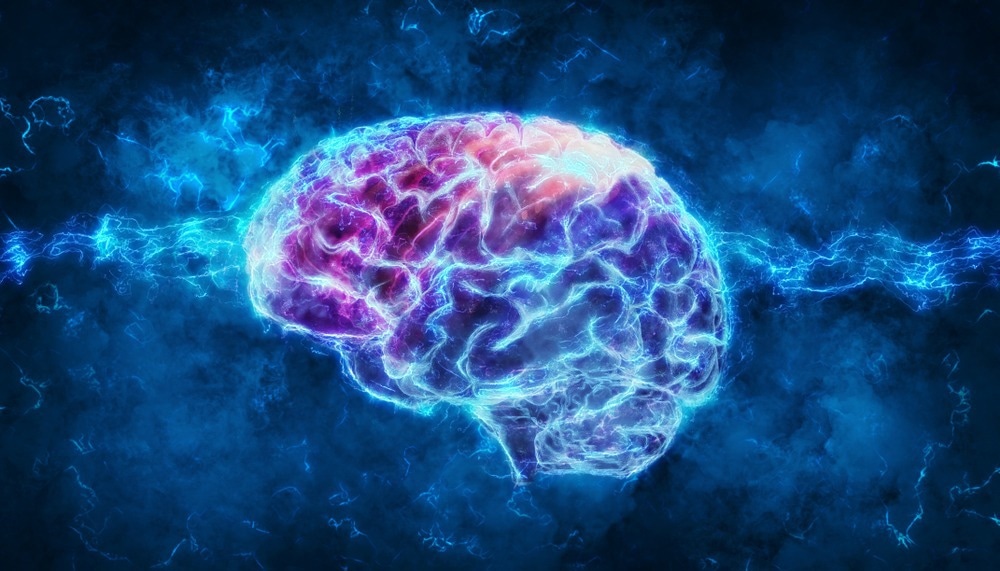Reviewed by Danielle Ellis, B.Sc.Oct 13 2023
In two concurrent projects, scientists at the Karolinska Institutet have played a significant role in producing the most extensive atlases of human brain cells to date. These two studies, featured in Science, offer valuable insights into various brain disorders and hold promise for future medical advancements, including the development of new cancer drugs.

Image Credit: Getty Images
Understanding the composition of a healthy brain, the spatial distribution of diverse cell types, and the brain's developmental stages from embryonic origins is fundamental to comparing and gaining a deeper comprehension of disease mechanisms. While advanced atlases exist for the mouse brain, a comprehensive atlas for the human brain has been notably absent—until now.
A Brain-Cell Census
We’ve created the most detailed cell atlases of the adult human brain and of brain development during the first months of pregnancy. You could say that we’ve taken a kind of brain-cell census.”
Sten Linnarsson, Professor, Molecular System Biology, Department of Medical Biochemistry and Biophysics, Karolinska Institutet
The first project, spearheaded by Kimberly Siletti from Linnarsson's team, was closely collaborated with Ed Lein at the Allen Institute for Brain Science in Seattle, USA. This initiative was a part of the global Human Cell Atlas effort and was based on the examination of three donated adult human brains.
By leveraging RNA sequencing, a technique that unveils each cell's genetic profile, the research team analyzed over three million individual cell nuclei. In total, they investigated cells from slightly more than a hundred distinct brain regions and identified over 3,000 cell types. Approximately 80% of these cell types were neurons, with the remaining belonging to various categories of glial cells.
A lot of research has focused on the cerebral cortex, but the greatest diversity of neurons we found in the brainstem. We think that some of these cells control innate behaviors, such as pain reflexes, fear, aggression, and sexuality.”
Sten Linnarsson, Professor, Molecular System Biology, Department of Medical Biochemistry and Biophysics, Karolinska Institutet
Groundwork for Medical Advances
The researchers further observed that cellular identity is closely tied to the specific location in the brain where they originally developed during fetal development.

Image Credit: Andrus Ciprian/Shutterstock.com
This connection is pertinent to the second project, where Emelie Braun and Miri Danan-Gotthold, collaborating with the Swedish consortium for the Human Developmental Cell Atlas, analyzed over a million individual cell nuclei derived from 27 embryos at varying developmental stages, spanning from 5 to 14 weeks after fertilization.
This research endeavor provided a comprehensive understanding of the brain's development and organization as it unfolds over time.
While the outcomes of these studies represent fundamental molecular biological research, the generated knowledge holds the potential to serve as a foundation for medical advancements. Professor Linnarsson's research team has applied similar methodologies to investigate various types of brain tumors, including glioblastoma, a cancer known for its grim prognosis.
The tumor cells resemble immature stem cells and it looks like they’re trying to form a brain, but in a totally disorganized way. What we observed was that these cancer cells activated hundreds of genes that are specific to them, and it might be interesting to dig into whether there is any potential for finding new therapeutic targets.”
Sten Linnarsson, Professor, Molecular System Biology, Department of Medical Biochemistry and Biophysics, Karolinska Institutet
Freely Available Brain Atlases
These brain atlases will be made accessible to researchers worldwide, facilitating comparisons between the brain diseases they are studying and the characteristics of a typically developed brain. These research findings are part of a comprehensive collection of articles published concurrently in the scientific journal Science.
The study focused on the adult brain received support from a grant provided by the National Institutes of Health, while the embryo study was funded by the Knut and Alice Wallenberg and Erling-Persson foundations.
Source:
Journal references:
Siletti, K., et al. (2023) Transcriptomic diversity of cell types across the adult human brain. Science. doi.org/10.1126/science.add7046.
Braun, E., et al. (2023) Comprehensive cell atlas of the first-trimester developing human brain. Science. doi.org/10.1126/science.adf1226.